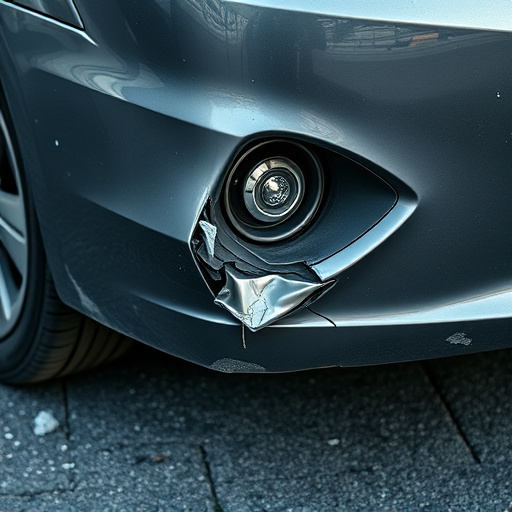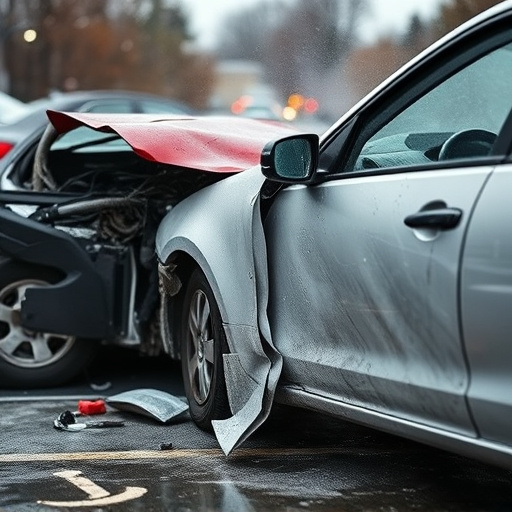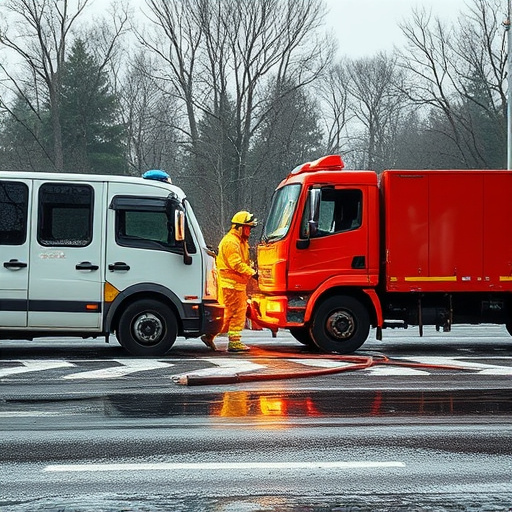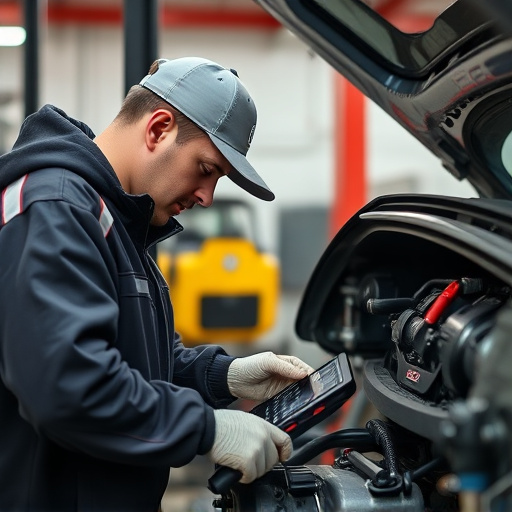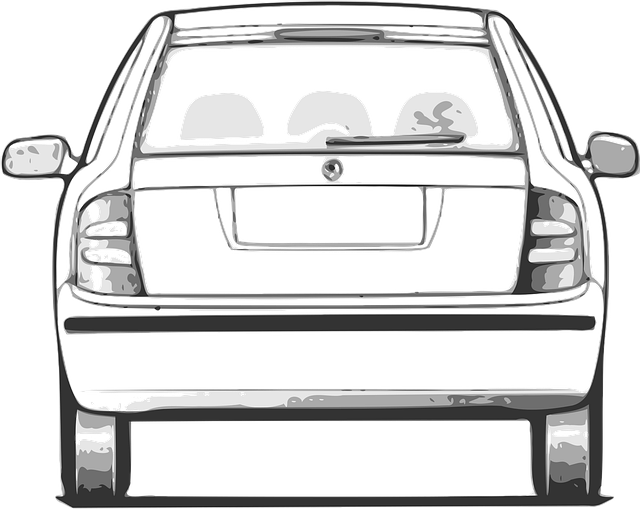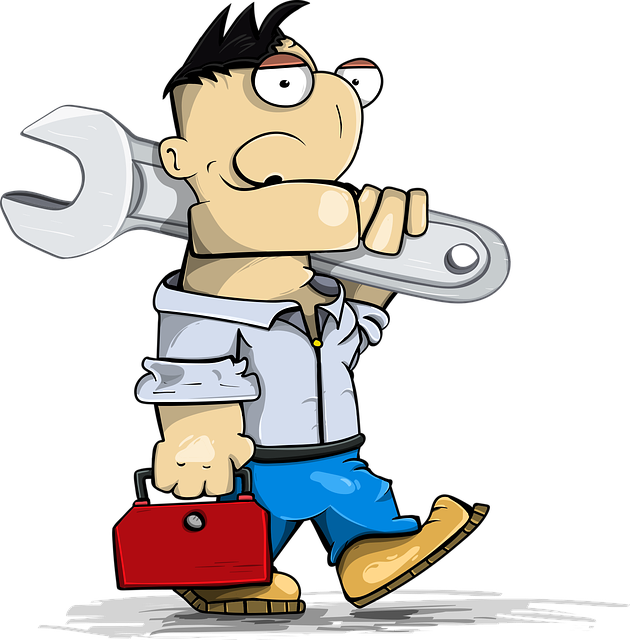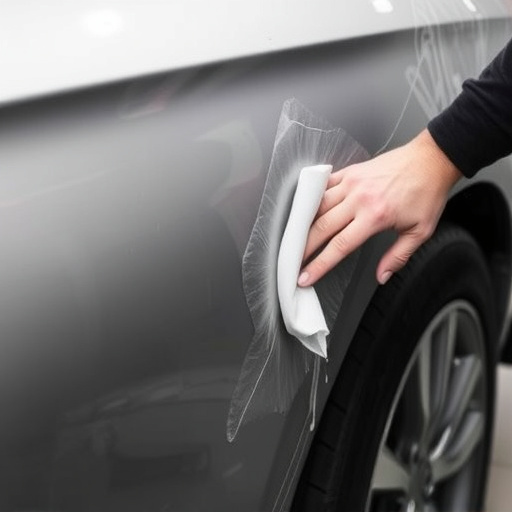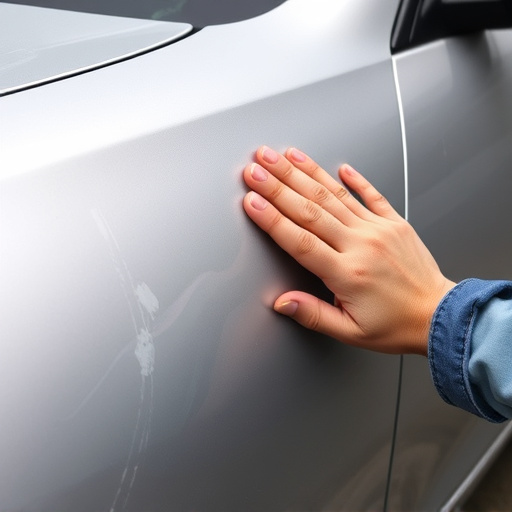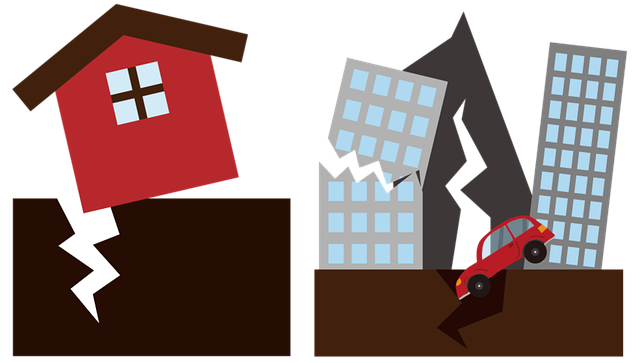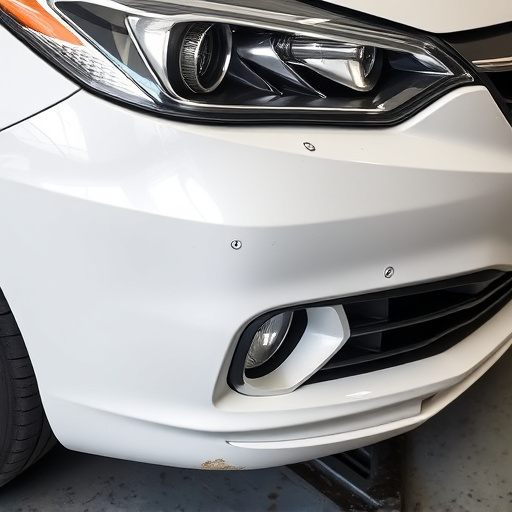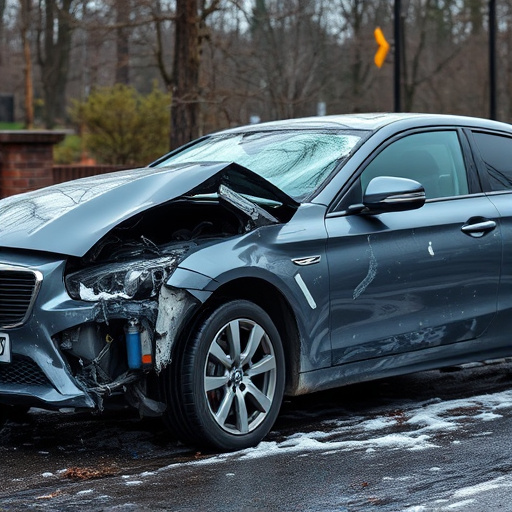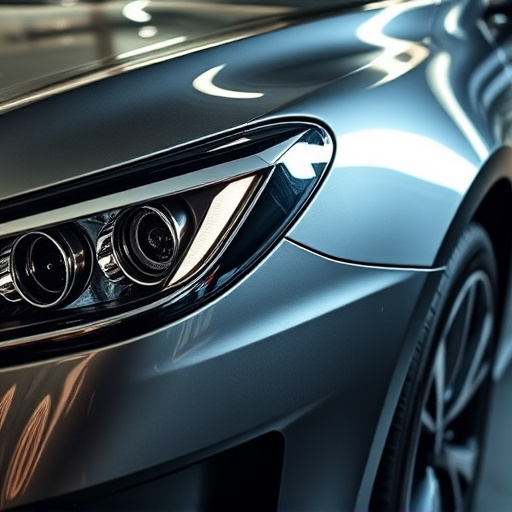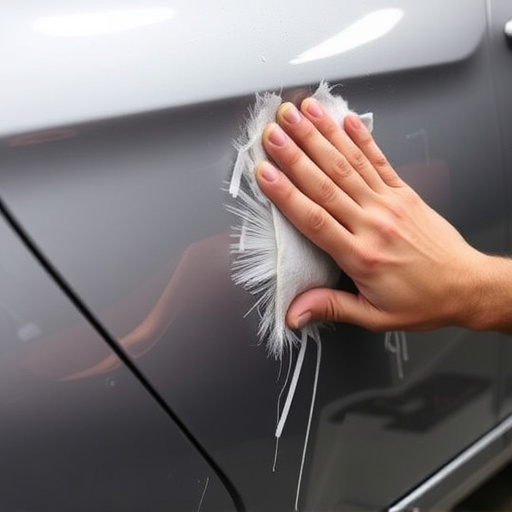Tesla rear hatch alignment issues arise from minor impacts, including hail damage, leading to misalignment, sealing problems, and structural risks. Tools needed for DIY include a laser aligner, specific alignment sticks, new seals, jack, torque wrench, safety gear, and protection. Professional services are recommended for complex adjustments or damaged vehicles. Self-alignment saves time and costs but requires precise measures using a torque wrench and tape measure on a level surface to correct imbalances over 0.25 inches.
Tired of an uneven or misaligned Tesla rear hatch? You’re not alone. Many owners face this issue, often leading to a less-than-perfect loading experience. This article is your comprehensive guide to mastering Tesla rear hatch alignment without dealer intervention. We’ll break down common problems, outline the necessary tools, and provide a detailed step-by-step process to ensure your hatch aligns perfectly, enhancing both functionality and aesthetics.
- Understanding Tesla Rear Hatch Alignment Issues
- Tools and Equipment Required for Alignment
- Step-by-Step Guide to Realigning the Rear Hatch Without Dealer Help
Understanding Tesla Rear Hatch Alignment Issues
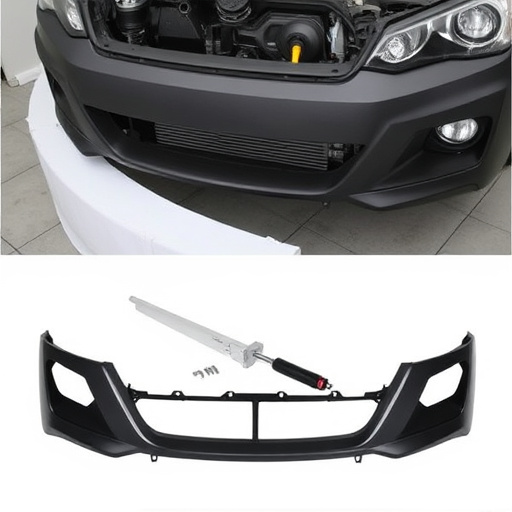
Tesla rear hatch alignment issues can arise from various factors, including minor impacts and accidents that may go unnoticed at first. Even seemingly insignificant bumps or dings can cause misalignment over time, leading to problems like a hatch that doesn’t close properly or fails to seal tightly. This can result in internal water damage, rust, and other structural issues within the car’s body.
Hail damage repair is one common scenario that contributes to Tesla rear hatch alignment problems. Even small hailstones can leave invisible marks on the vehicle’s exterior, causing subtle yet critical misalignments. To address these issues, some owners might opt for frame straightening services, which can realign the affected components and restore the car’s structural integrity. However, more significant damage may require comprehensive car paint services to repair not just the alignment but also any visible dents or scratches that have accumulated over time.
Tools and Equipment Required for Alignment
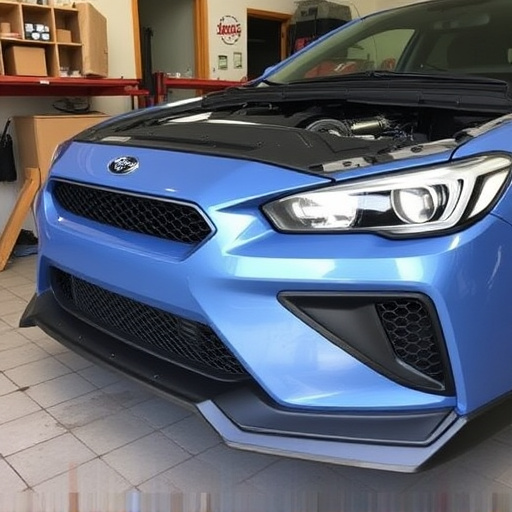
For a successful Tesla rear hatch alignment without dealer intervention, several specific tools and equipment are required. These include a laser aligner, which is crucial for precise adjustments to the hatch’s angle and position. Additionally, you’ll need a set of high-quality alignment sticks or forks designed for electric vehicles (EVs), as well as a new rear hatch seal to ensure a secure fit after alignment.
Other essential items include a jack and jack stands suitable for your Tesla model, torque wrench for tightening bolts, and protection gear like gloves and safety glasses. While some basic tools might be readily available at home, for more complex adjustments or in case of damage (like cracked auto glass or misaligned tires), considering professional vehicle repair services could save time and ensure optimal results.
Step-by-Step Guide to Realigning the Rear Hatch Without Dealer Help
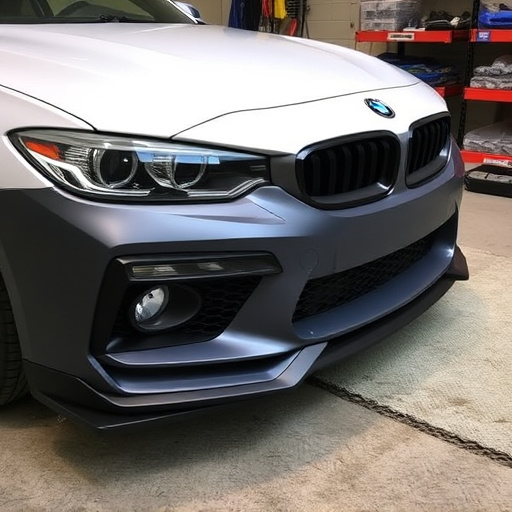
Realigning your Tesla’s rear hatch yourself is a feasible task that can save you the time and cost associated with dealer visits. Here’s a straightforward, step-by-step guide to help you achieve perfect alignment.
Start by ensuring your vehicle is on a level surface. Then, locate the rear hatch release handle and open the trunk. Next, using a torque wrench, tighten the four hatch bolts in a star pattern – this ensures even pressure across the hatch. Once secure, close the trunk firmly. Now, use a measuring tape to check the alignment by comparing the distance between the bottom of the hatch and the ground on both sides. If there’s an imbalance of more than 0.25 inches, you’ll need to adjust the hatch mounts using the appropriate tools. This might involve loosening and realigning the brackets before retightening them securely. Remember, precision is key – a minor misalignment can impact the overall stability of your vehicle. For those without mechanical experience, seeking assistance from a reputable auto repair shop or car restoration specialist could be beneficial to ensure the job is done correctly.
Realigning your Tesla’s rear hatch yourself is a feasible task that can save time and money, especially if you encounter common alignment issues. By understanding the problem, gathering the right tools, and following a detailed guide, you can successfully address misaligned rear hatches without dealer intervention. This DIY approach empowers Tesla owners to maintain their vehicles’ functionality and aesthetics, ensuring a smooth and cost-effective solution for one of the brand’s unique challenges.

